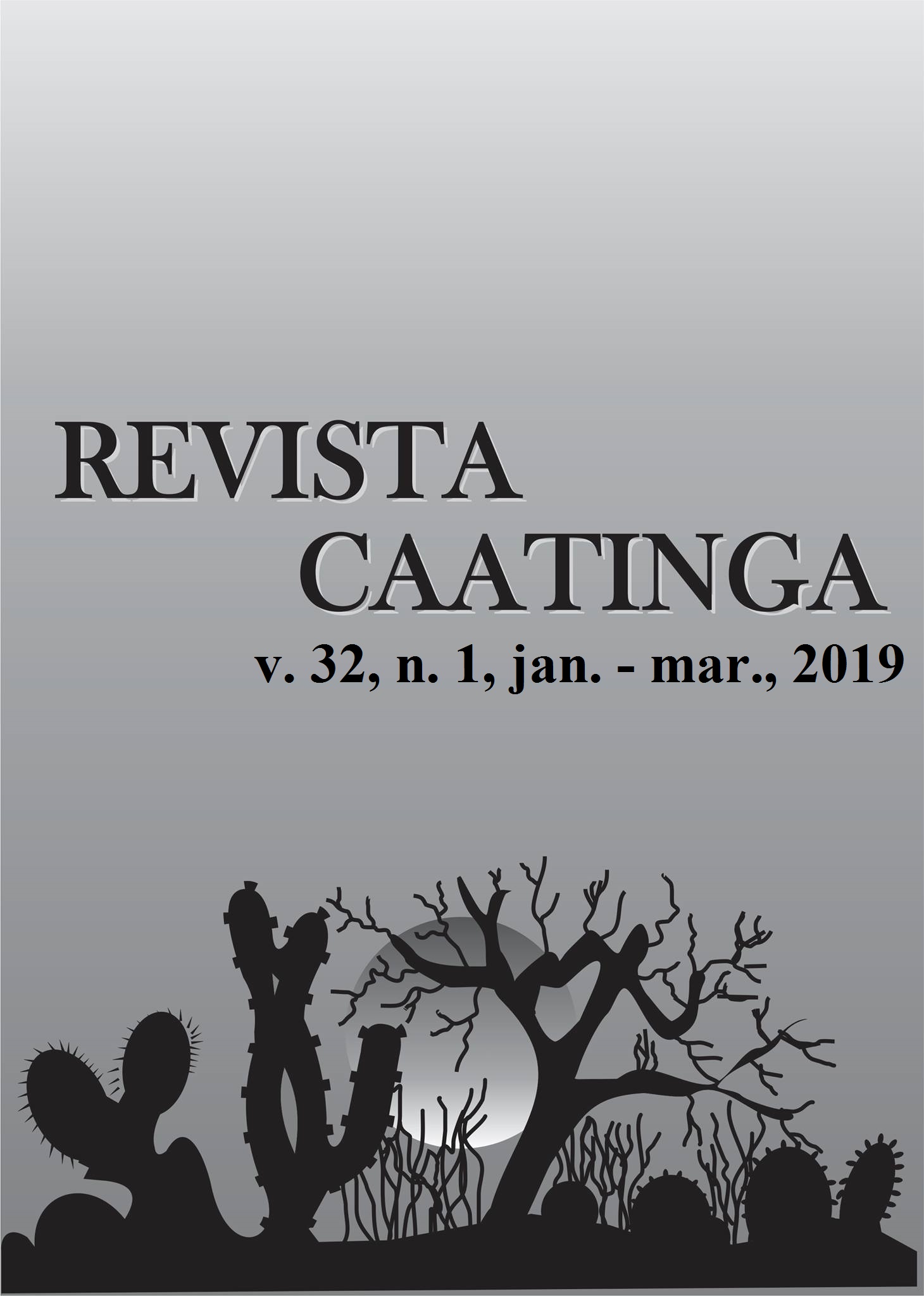REACTION OF MELON GENOTYPES TO THE ROOT´S ROT CAUSED BY Monosporascus
DOI:
https://doi.org/10.1590/1983-21252019v32n130rcKeywords:
Cucumis melo. Genetic resistance. Monosporascus root rot and vine decline. Root pathogen.Abstract
Monosporascus root rot and vine decline (MRRVD) is an important disease in the melon crop in Brazil. In our research, we evaluated the reaction of 45 melon genotypes to M. cannonballus in two successive cropping seasons in a greenhouse. Melon seedlings were transplanted into naturally infested soil. The evaluation of the genotypes was performed after 55 days, using a score scale to group each genotype into one of five classes and to calculate the disease severity index. None of the genotypes showed an immune reaction to M. cannonballus, regardless of the season. In the first cycle, only 28.9% ('AF 464', 'Auraprince', 'DRG 2278', 'Estoril', 'Guaporé', 'Kousto', 'Mabel', 'Magisto', 'Massaï', 'Nectar', '8530', 'RZ 34130' and 'RZ 34292') had a similar reaction to the high resistance to the MRRVD. Most genotypes (66.7%) behaved as moderately resistant while 4.4% were susceptible and none were highly susceptible. Conversely, in the second cycle, no genotype showed a reaction similar to high resistance while 42.2% behaved as moderately resistant, 48.9% as susceptible, and 8.9% as highly susceptible. The severity levels ranged from 7.5 to 60% and 27.5 to 92.5% for the first and second cycles, respectively. The genotypes 'DRG 2278', 'Estoril', 'Guaporé', 'Kousto', 'Mabel', 'Massaï', 'RZ 34130' and 'RZ 34292' were identified as highly resistant and moderately resistant in the first and second cycles of cultivation, respectively. Therefore, these genotypes are promising sources of resistance to M. cannonballus and should be preferred in commercial fields infested with the pathogen.
Downloads
Downloads
Published
Issue
Section
License
Os Autores que publicam na Revista Caatinga concordam com os seguintes termos:
a) Os Autores mantêm os direitos autorais e concedem à revista o direito de primeira publicação, com o trabalho simultaneamente licenciado sob a Licença Creative Commons do tipo atribuição CC-BY, para todo o conteúdo do periódico, exceto onde estiver identificado, que permite o compartilhamento do trabalho com reconhecimento da autoria e publicação inicial nesta revista, sem fins comerciais.
b) Os Autores têm autorização para distribuição não-exclusiva da versão do trabalho publicada nesta revista (ex.: publicar em repositório institucional ou como capítulo de livro), com reconhecimento de autoria e publicação inicial nesta revista.
c) Os Autores têm permissão e são estimulados a publicar e distribuir seu trabalho online (ex.: em repositórios institucionais ou na sua página pessoal) a qualquer ponto antes ou durante o processo editorial, já que isso pode gerar alterações produtivas, bem como aumentar o impacto e a citação do trabalho publicado (Veja O Efeito do Acesso Livre).







